By John W. Osborn, Jr.
World War II in the Pacific was fought in thousands of remote locations. The island of Borneo was the site of one of the least known clandestine operations of the conflict, led by an adventurous, but arrogant, anthropologist.
“Because of the Japs,” wrote author Tom Harrisson of a reconnaissance flight he took, “in this latter part of 1944 the sweet soaring cry of the gibbons, black, white, swift and smart swinging against the canopy green; the faint singing of old ladies making mats by flickering gum-candlelight; and the echoing murmur of wind sniffling out of the cold, mist-laden cliffs down onto the plain below; these and many, many other noises (tree crash, cicada buzz, mongoose chuckle, the whistle of the blood-red and black hill partridge, grasshoppers, a million moving termites, piglets, bat swing, goat laugh, eagle, owl and the legendary noises of the enspirited night, to name a few others) were, for the first time in far upland history, swamped for a few moments by the sound of a great mechanical device.
“Lying in the bomber-aimer’s blister of an American four-engined Liberator little was to be seen on this first flight. In fact the navigational plot below and the existing map made, showed us nearly fifty miles out at nowhere. Meanwhile, scarcely dreaming and certainly feeling nothing of the land under our belly, from the clouds something very special was being cooked up by the [inhabitants] down below. I was the [unwitting] chef.”
During that flight in December 1941, Harrison flew across Borneo, the world’s third largest island with 284,000 square miles, a hybrid of colonies and kingdoms. The southern three-quarters were part of the Dutch East Indies. Nudged in the northwest corner were a pair of British dependencies: North Borneo, run by a chartered company since 1881, and the Sultanate of Brunei, a protectorate. Most unique and exotic was Sarawak, ruled since 1841 by the famous White Rajahs, a dynasty founded by swashbuckling James Brooke in 1841 and recognized by the British in 1863.
An Australian Liberation of Borneo
Borneo has 165,000 square miles of the world’s oldest rainforest, estimated at 130 million years old, inhabited by primitive tribes scarcely out of the Stone Age, and many headhunters, who with Borneo’s name are synonymous with wildness to the outside world. It had, unfortunately for the time and circumstances, something else—oil. Imperial, expansionist Japan invaded on December 16, 1941.
Borneo’s entire defense consisted of a single, inexperienced, expendable Punjabi regiment from India, 2,500 native volunteers, and 6,500 Dutch troops. A Dutch submarine torpedoed two Japanese transports, but it was not even a reprieve. Kuching, the capital of Sarawak, was bombed and fell Christmas Day, the elderly Rajah Charles Brooke finding refuge in Australia, and by March 1942, all resistance had ended. But now, for the Western civilian internees and prisoners taken or shipped there, the real, desperate, struggle began—survival in Japanese captivity. Tragically, in the end 3,908 were to lose their lives.
Borneo was in the bleak backwaters of the war until the southern Philippines were liberated by the Americans at the beginning of 1945, finally placing Borneo within reach for the Allies. But for one Ally, Australia, there seemed no need for invasion—the island and its oil could now be cut off from Japan by the U.S. Navy.
But Borneo lay in the Southwest Pacific Area and in the hands of its imperious commander, General Douglas MacArthur, who rarely listened to anyone, and never to Australians. While the reasons he gave for his decision to have the Australians liberate Borneo were plausible from a military standpoint—airfields from which to attack Malaya, a base for the Royal Navy to operate against the Japanese fleet, the rescue of the long-suffering prisoners—it was strongly suspected that it was just as much about giving the unused Australians in his theater something to do and keeping them occupied away from the crowning achievement of his career. He wanted to keep the invasion of Japan itself an all American operation.
Tom Harrison: An Anthropologist in the SOE
The British and Australians knew they needed both information from inside occupied Borneo and wholehearted cooperation of the tribes. In the end, that meant turning, and not eagerly, to that adventurous, arrogant anthropologist.
Tom Harrisson was familiar with Borneo, having led a 1932 expedition to study Sarawak’s tribes. He had followed up with more groundbreaking work in the New Hebrides before founding the first mass market research organization in Britain in 1937. Along the way he became known for something he alluded to in the title of his autobiography, The Most Offending Soul Alive. He had, putting it mildly for those he had had fierce run-ins with (among them his own father, who disinherited him), “a reputation for strong self-opinionation and a general reluctance to opposition.”
It followed him into a hotel room in Northern Ireland in 1944 to a secret meeting with a retired cavalry colonel about joining Britain’s covert war arm, the Special Operations Executive (SOE) and its branch in Australia.
As he wrote in his war memoir, World Within, A Borneo Story (1959), “All the time Borneo whispered in my ear…. Anyway, Mott offered me Borneo in the end, adding that I was about the last of their hopes. They had already (he said) asked everyone with any conceivable knowledge, including my colleagues of the 1932 expedition. When I practically leapt at the offer, he shed his cavalry veneer of calm for a second in pleased evident relief. For in a tiny way, the British Services at that moment badly needed to find a few men to go back into Borneo and try to save of the face, chin-up, lost to the Japanese.”
The mission to Borneo was code-named Semut, Malay for ant. “We were to be biting ants,” Harrisson wrote. The first two attempts to parachute in failed, but finally, after a six-hour flight from the Philippines, Harrisson and his seven team members descended into Sarawak on the night of March 25, 1945.
“I Awoke to Find Myself a Rajah”
Harrisson was “the first white man to touch down and thus to return after years of Japanese occupation.” He found himself called something very different after spending that night in a nearby tribal longhouse big enough to accommodate 500. “I awoke to find myself a Rajah,” he later recounted. “I was The Rajah. Plainly and flatly that—though I was slow to realize it!”
The tribesmen took his descent as a sign of magical power. They thought his major’s gold crown was a royal symbol and assumed he was Rajah Brooke’s nephew and heir! “My position in their eyes was further accentuated because they saw seven other white men doing (at times!) what I told them,” Harrisson related. “No situation of this kind had previously risen among them, or would normally arise in public anywhere in Brooke Sarawak.”
Eventually 100,000 tribesmen supported him. “There seemed to be no limit to the willingness of inland loyalty. So far as I know there was not one traitor,” he wrote.
Two more Semut were dropped in to cover North Borneo and Brunei, and Harrisson would be constantly on the move between them and the members of his team scattered among the tribes. “I do not think I have ever walked so fast, so far, in such exhausting country,” Harrisson happily recalled. “But it was marvelous to be clear of radio and paper work, to feel actually in the field and subject to the proper discomforts and hazards. My mobility helped to coordinate and tighten things up considerably.”
Harrisson’s Broadcasting Network on Borneo
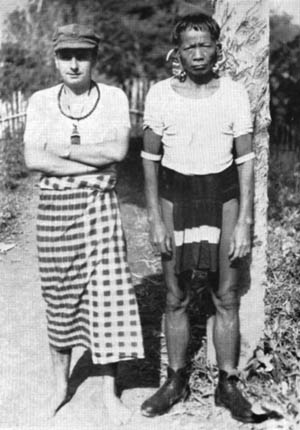
Though in his account Harrisson gives no indication of any strife, to judge from the later comments—far from flattering—of some of his comrades, he evidently carried his admittedly offending ways around with him. Nor, by his own admission, did he spare the tribes when their omens and superstitions got in the way of his mission. “Clearly we could not operate like this. And in this one respect I did simply rough-ride over every consideration of local custom and belief.”
As it happened, Harrisson had his own reason to get away from the radio. He had built up a broadcasting network covering 20,000 square miles, but the results proved to be mixed.
“We felt elated by the amount of valuable information we were obtaining, yet horribly frustrated when time and time again this failed to get through,” he bitterly remembered. “Our signals had to be repeated, and repeated in reply to queries already distorted. These were some of the worst hours ever. Some nights I spent entirely with the code books and a hurricane lamp, probably only adding to the confusion in a type of mental exercise which is no more my métier than crossword, mental arithmetic, chess, or bridge (all of which I abhor).”
Training the Tribesmen For a Modern War
Drawing on his own experience, Harrisson had given his Semut teams a crash course on tribal customs. At the same time, he was familiarizing the tribesmen with Western ways of waging modern war. “We never had to teach a Kelabit or Murut how to move or kill,” Harrisson related later. “But there was always an appreciable danger that in moving they might kill themselves, with things like hand grenades; or kill each other, instead of the enemy, by a combination of over-enthusiasm and the automatic lever on a carbine or Sten gun.”
Arms were dropped in, but bows and arrows and even the deadly blowpipe were also put to use. Harrisson eventually trained some 6,000 tribesmen who would quickly show what eager, deadly learners they were. “On a shout,” Harrisson later described, “this fearful blast of fire-power was discharged from behind a ridge into all the rear of the party, which included the Japanese and their fully implicated satellites. Our first operation went one hundred percent. No one escaped down-hill to tell the tale.”
“This so one-sided ambush greatly heightened the already high morale of our continually growing forces,” he added. “With several more which soon followed, it gave reassuring indications that my subordinates could control their guerrillas; and that their guerrillas could control themselves. There was no looting, or even lopping off of heads on this occasion—or on any occasion later, unless for some reason permission was given; or unless the forces concerned were Ibans, lowland people who had not yet got into the Semut system of ants with firearms, but para-military, uncouth manners.”
1,000 Japanese Killed
The tribesmen would soon have more targets. On June 10, 1945, some 23,553 Australian soldiers landed at Brunei Bay to begin the long-awaited liberation of Borneo, and Harrisson and his tribes launched their own attacks in support. “We fell as best we might upon the Japanese, their co-operators, installations and communications,” he wrote.
“In strict military terms this was no great shakes. But the wide scatter, the ferocity and the complete surprise of these attacks had a far greater effect than their simple statistical significance. Our irregular efforts gave to the unlucky enemy the impression of a general, synchronized attack. This impression was accentuated in that we were able to take over wireless and administrative posts and to kill off every Jap on routine duty along the whole of the Brunei and Sarawak installations in the huge arc of Brunei Bay and the coastal plain behind.”
On July 1, some 21,000 additional Australians landed at Balikpapan, southeast Borneo, for the final amphibious operation of World War II. Soon, the Japanese began to flee into the interior. “Thus,” Harrisson grimly recorded, “Semut ceased to be engaged in intelligence and sabotage, and decreasingly in administration. Instead, we devoted the greater part of all effort directly to killing Japanese.”
Harrisson and his tribes were credited with killing 1,000 Japanese. Others died by their own hand, hanging themselves by tree branches with their belts. “Years later,” Harrisson was to relate, “skeletons were still being found; several times single skulls strangely dangling, ghostly jokes in a land so long scarred by head-hunting.”
“The War Was Properly Over”
Hiroshima and Nagasaki intruded on Harrisson’s Stone Age world. It took the Japanese commander a month to emerge from hiding to surrender, but a captain with 560 under him was still out in the rainforest. It would be Harrisson’s final mission to find them, and he did. “In a highly inconsequential ‘ceremony,’ the Japanese commander handed me his sword, as we stood beside a rice hut, which I remember was almost fallen down as a relic of the previous harvest season. This was on the last day of October 1945.”
Harrisson marked the occasion in his offending style by bedding a Japanese Army nurse. “The war was properly over,” he simply concluded. But it ended less agreeably for the families of the 299 Australians soldiers killed on Borneo (634 were wounded) in a final campaign. Many had a hard time seeing any real necessity in the campaign. Harrisson, for his part, never commented.
War Returns to Borneo
The war had devastated the island, and the resulting political changes would set it on the road to another longer conflict in less than two decades. Unable to recover on their own, both the chartered company and the last white Rajah formally ceded North Borneo and Sarawak to the British in June-July 1946, and they became crown colonies. In 1961, they merged with Malaya to form Malaysia, while Brunei, offered the chance, opted for full independence instead.
The Dutch thought they could return affairs to what they had been before the war. They were wrong. “We were conscious of the anti-Dutch feelings of the Indonesians that these people didn’t want to be bossed about,” one Australian soldier on occupation duty recognized. They were not to be for much longer—in 1949 southern Borneo became part of independent Indonesia.
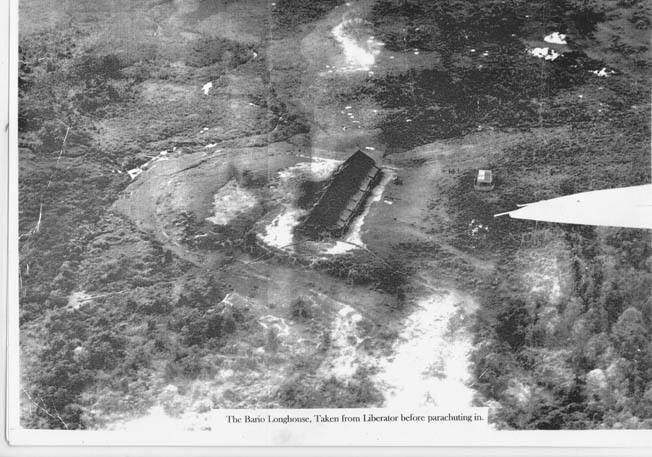
But Sukarno, the leader of the revolt against the Dutch, proved to be a megalomaniac, determined to force his own union with Malaysia, Brunei, and the Philippines with himself in charge. The result was a conflict during the early 1960s called, simply, the Confrontation. The British, Australians, and Indonesians were involved in a series of hit-and-run raids back and forth across the borders.
The conflict was kept so quiet that the sole Victoria Cross awarded was kept secret at the time, the citation falsely saying the action took place in defense of Malaysian soil and not across the border in Indonesia. Finally, in 1966 Sukarno was overthrown, and the Confrontation ended.
Tom Harrisson organized loyal tribesmen during the conflict. He spent years on Borneo after the war running the local museum and continuing his studies of the tribes, even expanding his field to archaeology, finding the skulls that first placed man on Borneo around 50,000 bc. He died in 1976.
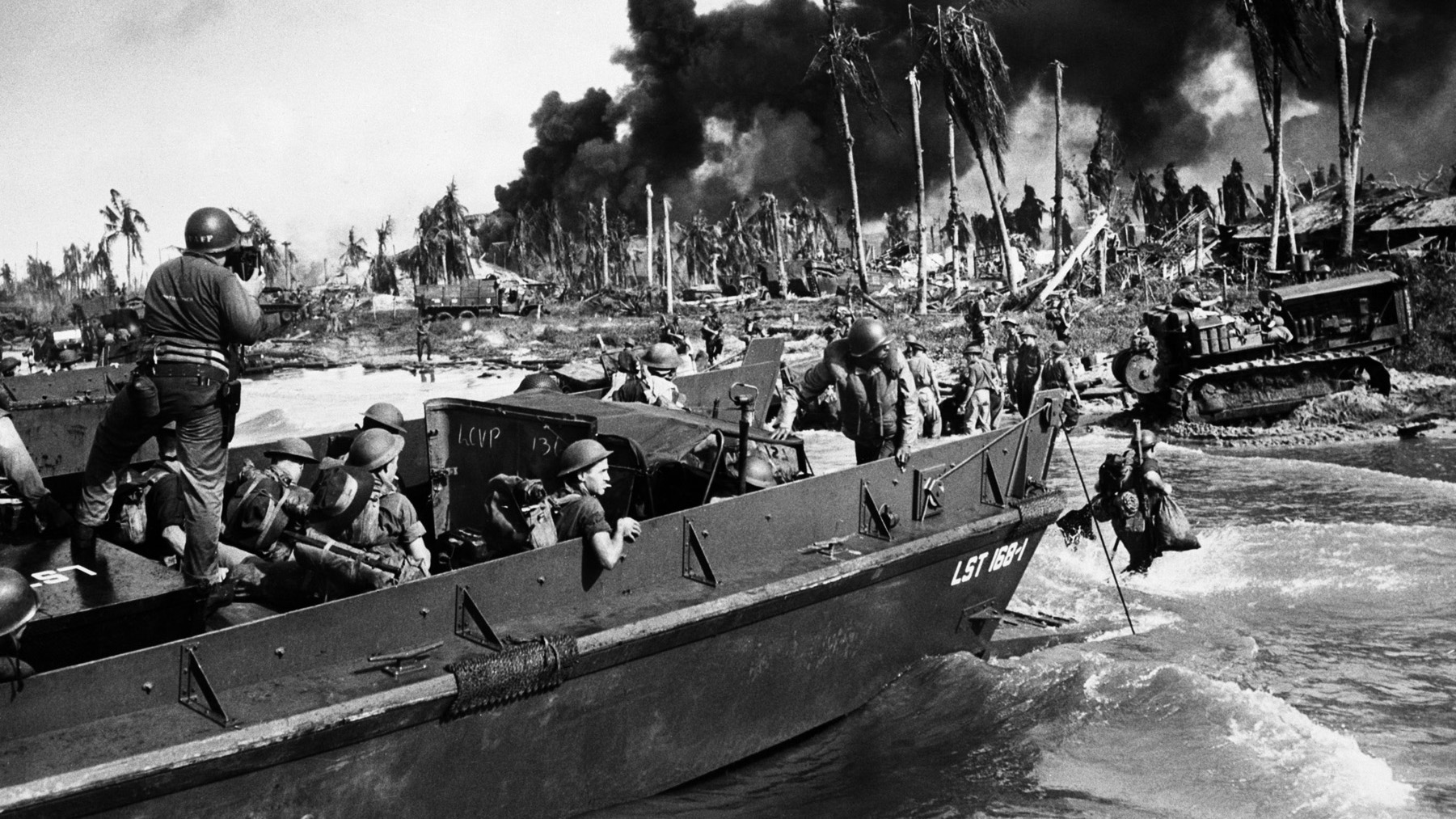
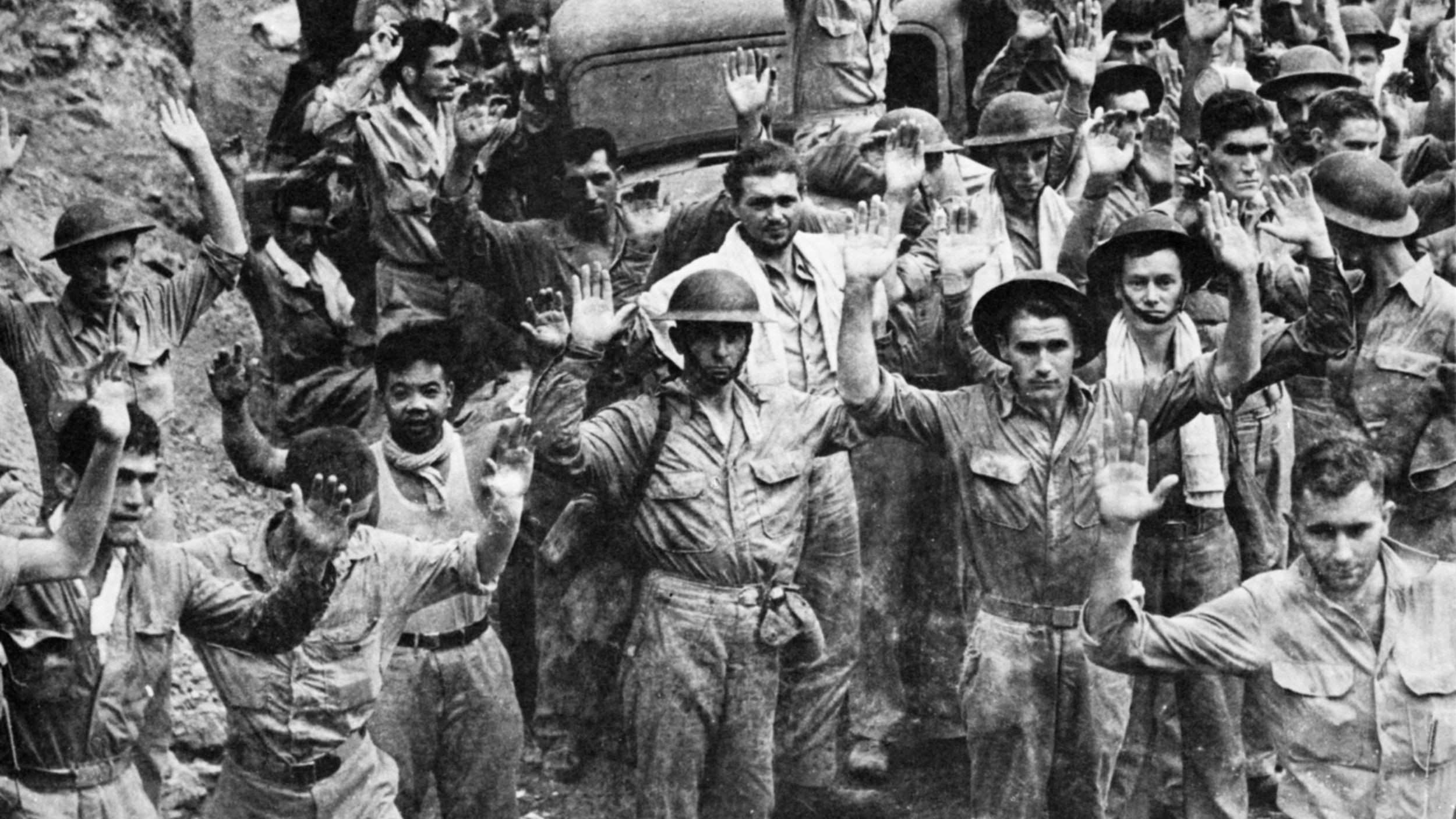

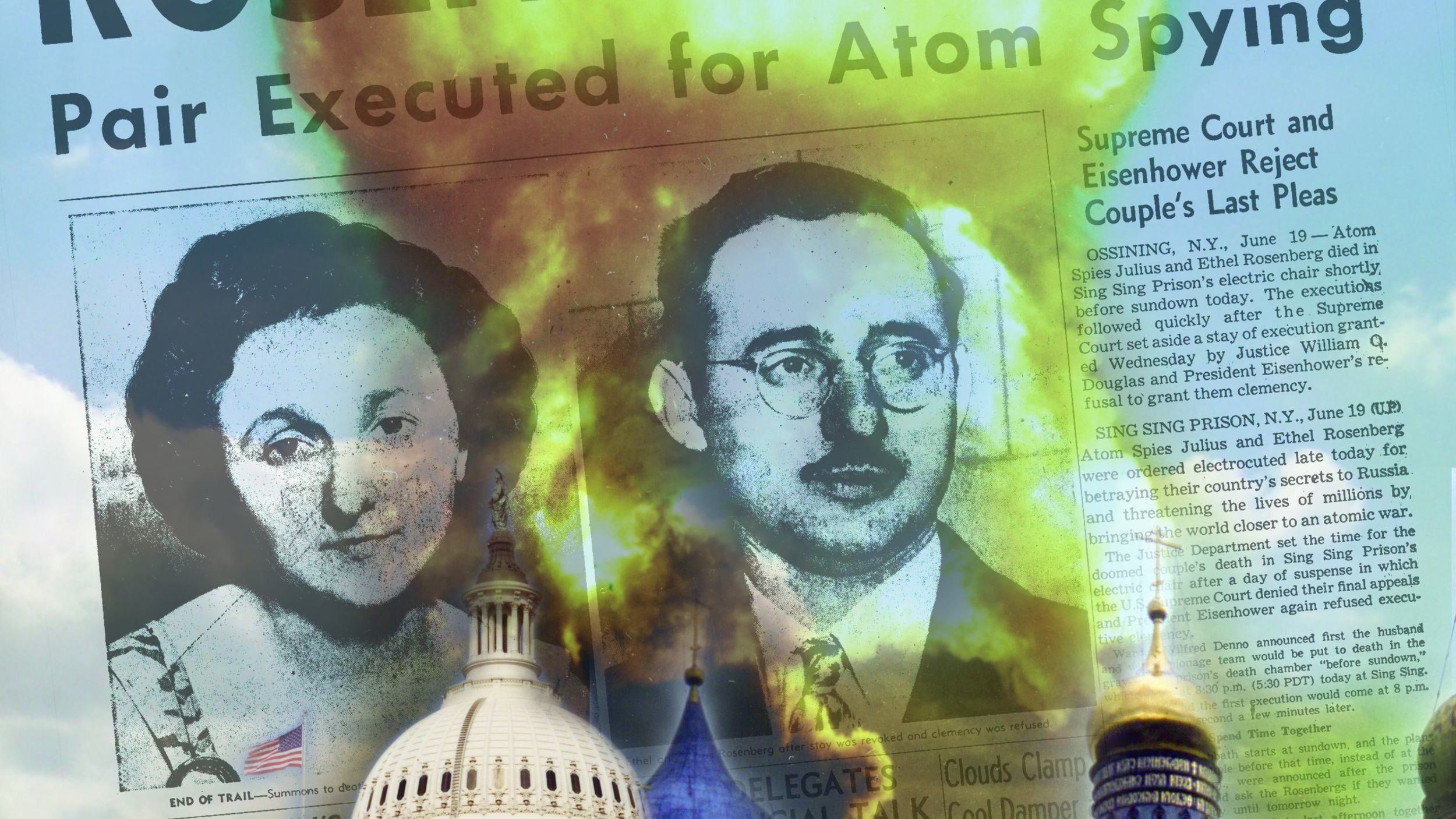
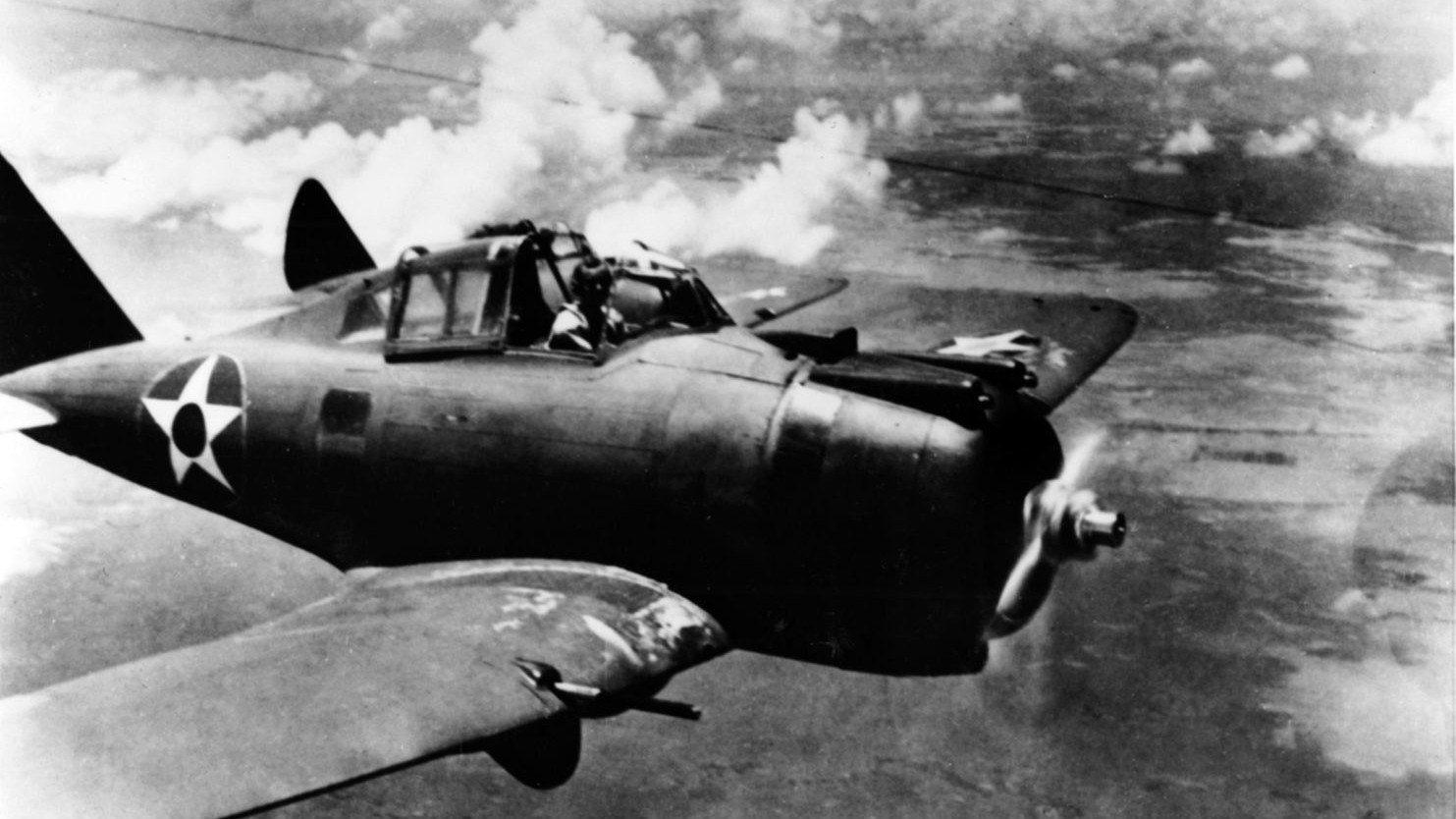
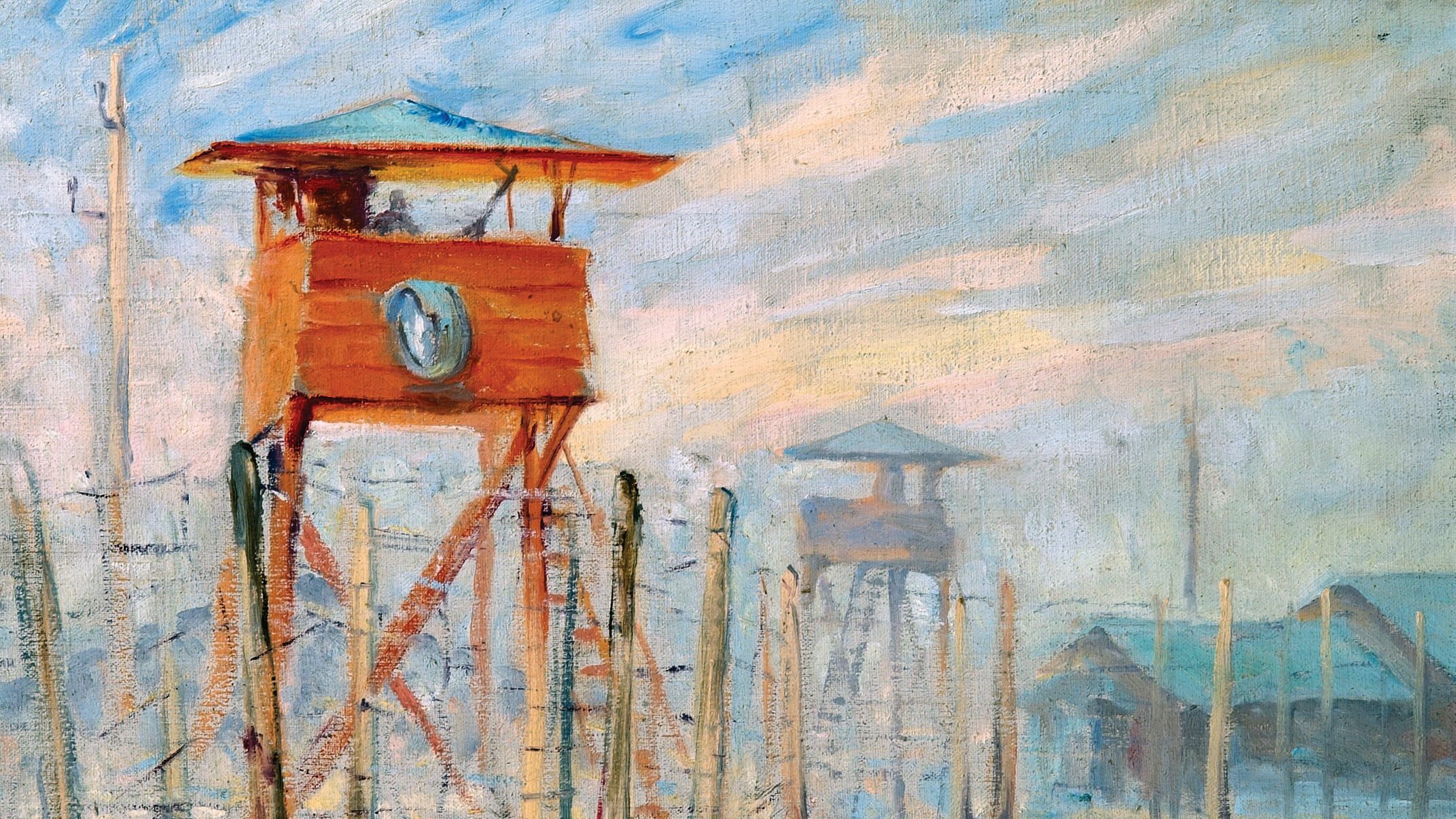
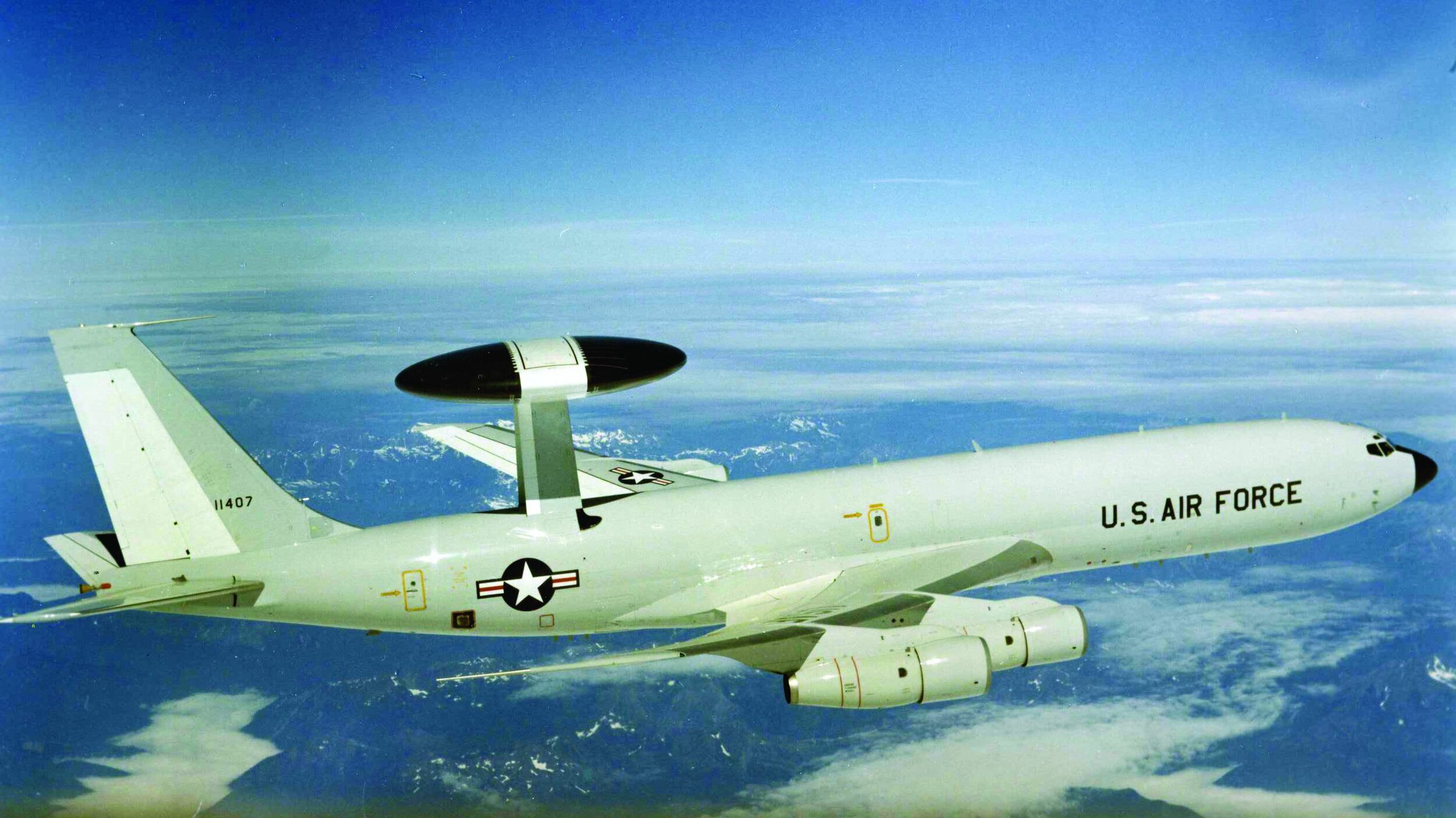
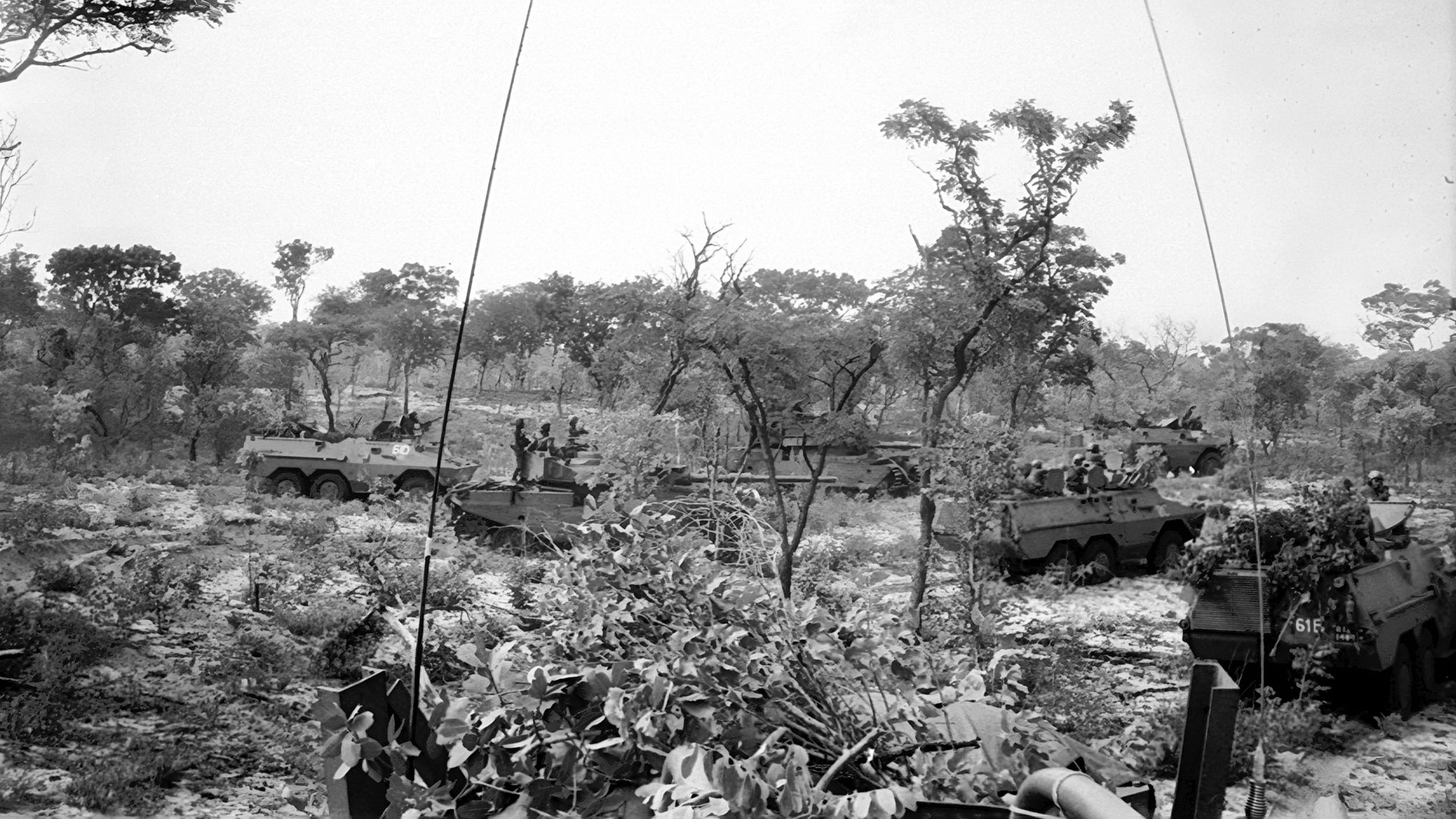
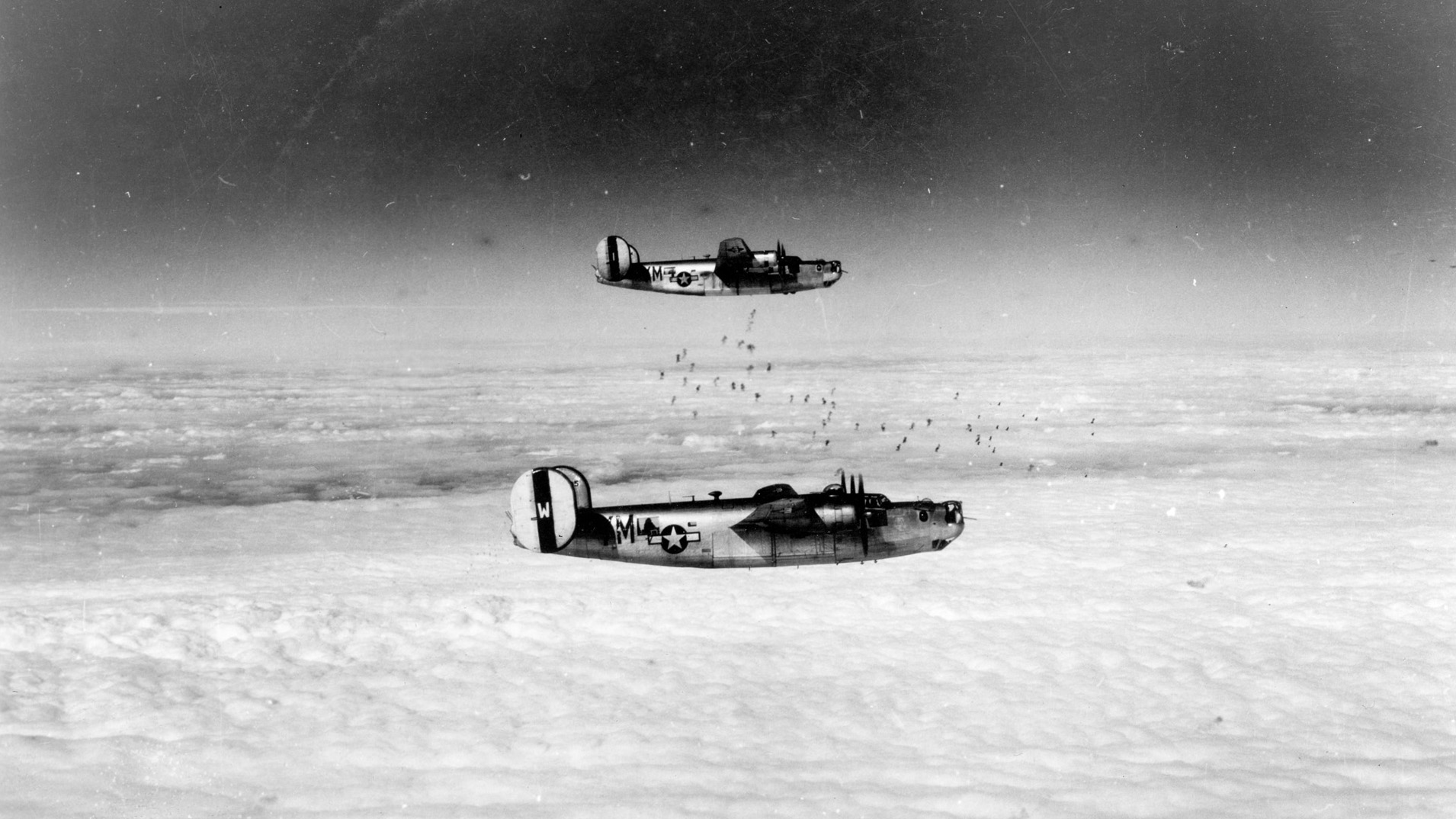
Join The Conversation
Comments
View All Comments